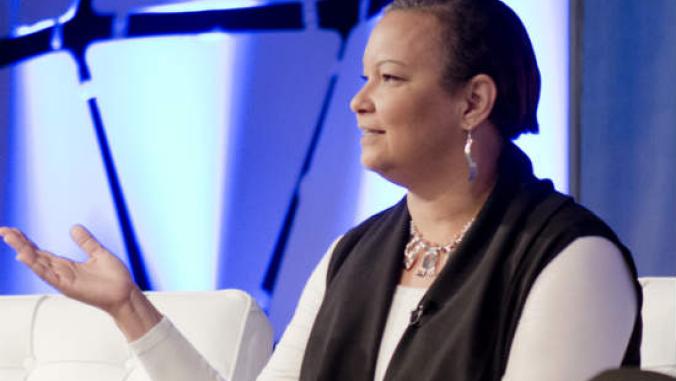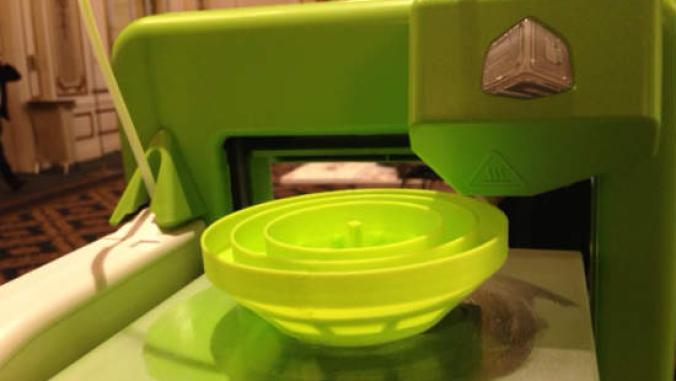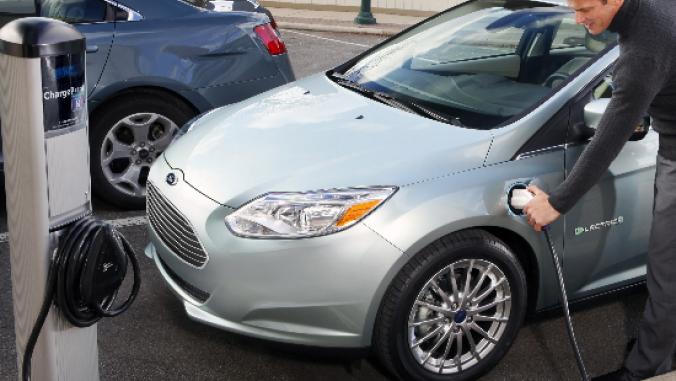Method: 'Product Performance is Non-negotiable'
How well cleaning products work and also how well they look is just as important to what's inside of them for green cleaning pioneer Method.

[Editor's Note: this is a short excerpt from a podcast interview Jonathan Bardelline conducted with Adam Lowry, co-founder of Method. To read the full transcript, or to listen to or download the podcast, see "Method: Balancing Performance, Looks and Safe Materials."]
JB: When you're making changes to either ingredients or the packaging, how does the issue of the product performance and the appearance affect these kinds of decisions?
AL: Well, product performance is non-negotiable. We will not launch a product unless it works absolutely as good as or better than the mainstream brands, not the green brands, but the mainstream ones. So I'm talking about the traditional stuff that is sometimes toxic and the things that we worry about. We've got to work that good or better.
The reason that our toilet bowl cleaner is only a year and a half old is for that reason. I struggled for eight years to find a green chemistry that work as well as the glycolic acid and phosphoric acids and things that people are using in toilet bowl cleaners, and failed. And then only when I did find a solution to that did we launch the product. So it starts and ends with product performance. This stuff has got to work. And we made sure that it does.
On a design aesthetic standpoint, these are products that are very neglected from a design standpoint. And if you're going to have a dish soap that sits out on your countertop for 23 hours and 45 minutes every day and you use it for the other 15, why not make it an object that's pleasurable to look at, that creates a little bit of delight? If you're going to have an air care product sitting out or something that plugs into the wall, why not make it look like something you'd actually want to have in your home?
There's sort of a test that we run for that where the creative people here within Method are ensuring that from the packaging to the vibrancy of the color, to the form, the entire design itself is something that's going to be something that gets people excited.
JB: Regarding the product performance, you mentioned competing with the mainstream companies, and with more mainstream companies launching their own greener versions of their cleaners, have you been affected by that? Has it become competition for you?
AL: We really haven't been affected by the entrance of a lot of the big companies entering into the green space. It creates a little bit of competition over shelf space just because there's just a massive proliferation of green brands right now. But if you look at what's being launched, everybody's launching the same product.
The packaging's very similar. The branding's very similar. And the products themselves, what's in the products, is nearly identical. What they're missing is a couple of things. Number one is the proprietary chemistries that create the performance that we've got. So, for example, in our auto dish product - we have a product called Smarty Dish - that's the only product that doesn't have phosphates and bleach and will actually outperform the ones that do. And that's because of the proprietary chemistries that we've got. They're missing that.
And then they're also missing the fact that this is a product that's a lot more than just a green alternative to the toxic stuff. And so what we see with a lot of those new entrances is it's not hurting us, it's actually hurting the toxic stuff that often those same companies make.
JB: When you're making changes to either ingredients or the packaging, how does the issue of the product performance and the appearance affect these kinds of decisions?
AL: Well, product performance is non-negotiable. We will not launch a product unless it works absolutely as good as or better than the mainstream brands, not the green brands, but the mainstream ones. So I'm talking about the traditional stuff that is sometimes toxic and the things that we worry about. We've got to work that good or better.
The reason that our toilet bowl cleaner is only a year and a half old is for that reason. I struggled for eight years to find a green chemistry that work as well as the glycolic acid and phosphoric acids and things that people are using in toilet bowl cleaners, and failed. And then only when I did find a solution to that did we launch the product. So it starts and ends with product performance. This stuff has got to work. And we made sure that it does.
On a design aesthetic standpoint, these are products that are very neglected from a design standpoint. And if you're going to have a dish soap that sits out on your countertop for 23 hours and 45 minutes every day and you use it for the other 15, why not make it an object that's pleasurable to look at, that creates a little bit of delight? If you're going to have an air care product sitting out or something that plugs into the wall, why not make it look like something you'd actually want to have in your home?
There's sort of a test that we run for that where the creative people here within Method are ensuring that from the packaging to the vibrancy of the color, to the form, the entire design itself is something that's going to be something that gets people excited.
JB: Regarding the product performance, you mentioned competing with the mainstream companies, and with more mainstream companies launching their own greener versions of their cleaners, have you been affected by that? Has it become competition for you?
AL: We really haven't been affected by the entrance of a lot of the big companies entering into the green space. It creates a little bit of competition over shelf space just because there's just a massive proliferation of green brands right now. But if you look at what's being launched, everybody's launching the same product.
The packaging's very similar. The branding's very similar. And the products themselves, what's in the products, is nearly identical. What they're missing is a couple of things. Number one is the proprietary chemistries that create the performance that we've got. So, for example, in our auto dish product - we have a product called Smarty Dish - that's the only product that doesn't have phosphates and bleach and will actually outperform the ones that do. And that's because of the proprietary chemistries that we've got. They're missing that.
And then they're also missing the fact that this is a product that's a lot more than just a green alternative to the toxic stuff. And so what we see with a lot of those new entrances is it's not hurting us, it's actually hurting the toxic stuff that often those same companies make.





